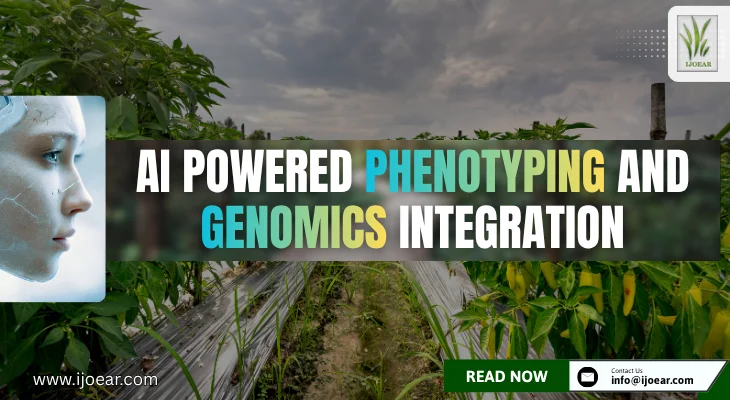
AI-powered phenotyping and genomics integration is reshaping agriculture, livestock science, and healthcare. By merging high-throughput phenotyping, genomics, multi-omics data, and AI modeling, researchers can accurately link genotype to phenotype, accelerate crop breeding, improve livestock selection, and enable precision diagnostics. This shift marks a transition from observational science to predictive, data-driven innovation.
Read More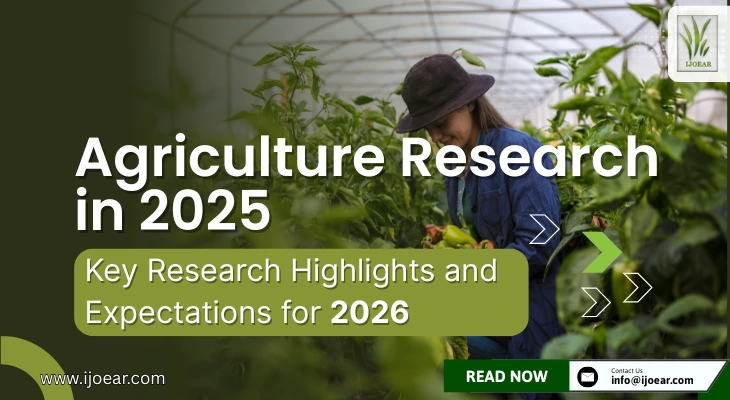
Agriculture in 2025 marked a paradigm shift from yield maximization to sustainability, precision, and resilience. This review explores breakthroughs in CRISPR, Digital Twins, Agentic AI, robotics, and bioengineering that are reshaping climate-smart farming — and sets the stage for the transformative research directions of 2026.
Read More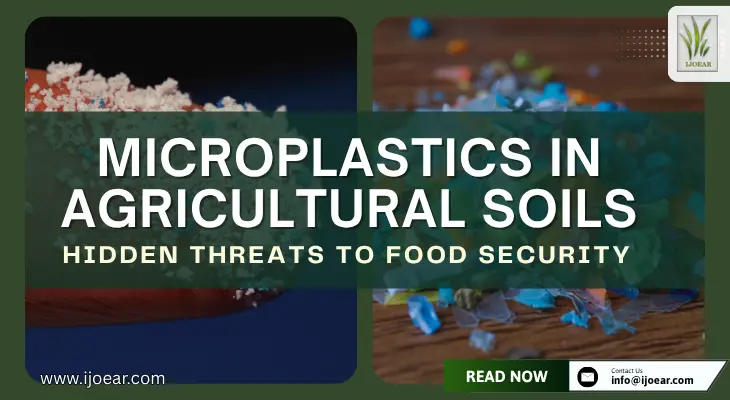
Microplastics have quietly infiltrated agricultural soils through plastics, fertilizers, and wastewater. This blog examines their environmental and food safety risks, their impact on soil ecosystems, and emerging eco-friendly alternatives like biodegradable films. It highlights the urgent need for research, policy, and sustainable practices in agriculture.
Read More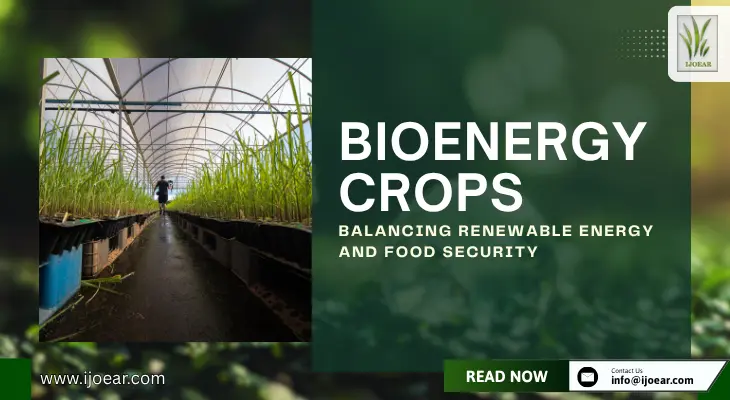
Bioenergy crops offer a sustainable solution to the world’s growing energy needs while addressing food security challenges. This article explores how smart agricultural practices, crop innovation, and policy support can create a balance between renewable energy production and food availability, along with the Ph.D. research scope in this emerging field.
Read More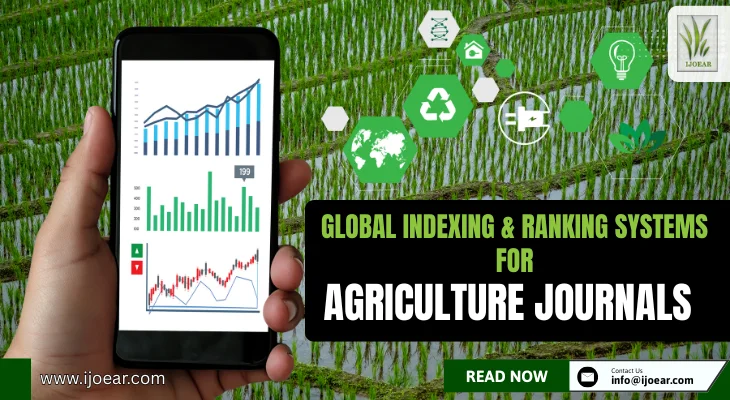
Understanding how global indexing and ranking systems work is crucial for researchers and journal authors. This blog explains how metrics like Impact Factor, CiteScore, SJR, SNIP, and India’s NAAS Rating shape journal credibility and visibility, helping agricultural scientists choose trusted platforms for publishing their research.
Read More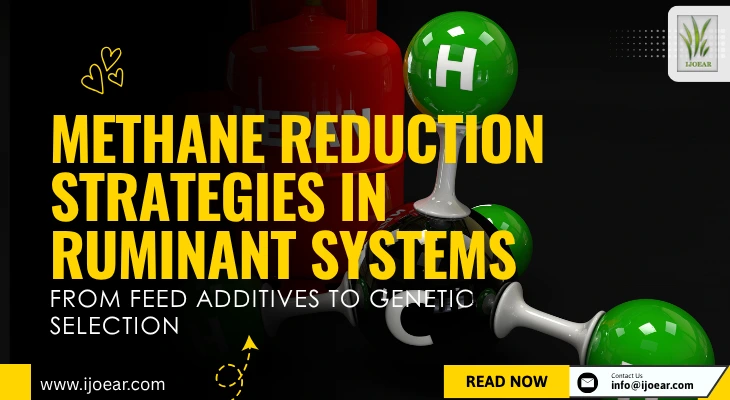
Methane reduction in livestock systems is key to tackling climate change. From feed additives like 3-NOP and seaweed to genetic selection, microbiome research, and precision monitoring tools such as SCOUT, new innovations are helping farmers cut emissions while boosting productivity, efficiency, and sustainability in global livestock production.
Read More
Looking to publish your research in English Literature? Discover the best journals that accept high-quality papers in literature, linguistics, and culture. Featuring JCRELC — a leading open-access journal for innovative literary research and global visibility. Learn how to select the right journal and submit your article successfully.
Read More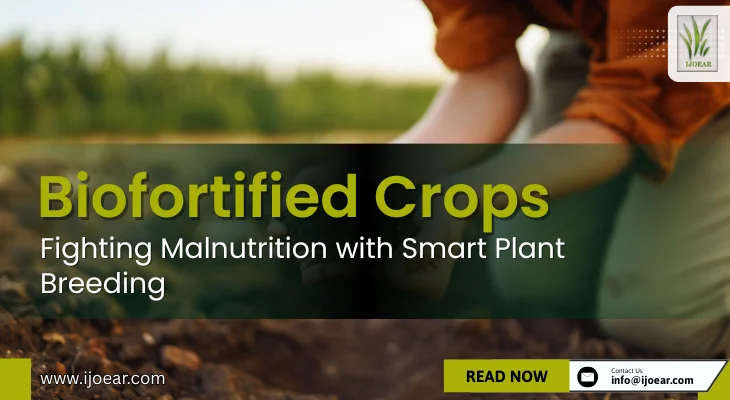
Biofortified crops are revolutionizing the fight against malnutrition by enhancing essential nutrients like iron, zinc, and Vitamin A through smart plant breeding. From iron-rich beans to Vitamin A maize, these crops offer a sustainable, cost-effective solution for improving global nutrition. Learn about their benefits, challenges, and role in food security.
Read More
Alternative proteins and novel foods are transforming the global food industry. From plant-based proteins and lab-grown meat to algae-based supplements and functional foods, these innovations aim to provide sustainable, nutrient-rich, and eco-friendly solutions. With rising demand for healthy diets and reduced environmental impact, they represent the future of what we eat.
Read More
Indonesia is rapidly modernizing agriculture through nutrition-focused biofortified rice, AI-powered precision farming, smart greenhouses, agroforestry, and mechanization. Supported by top universities, research centers, and international collaborations, the country is fostering sustainable, high-tech farming. Opportunities for researchers, startups, and students make Indonesia a global hub for agricultural innovation and climate-smart solutions.
Read More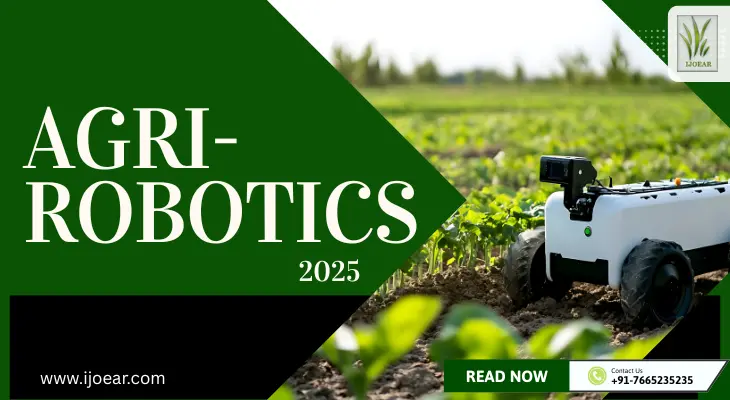
Agri-Robotics 2025 is redefining farming with autonomous machines powered by AI, IoT, and precision technology. From self-driving tractors to robotic harvesters and drones, these innovations are boosting crop yields, sustainability, and efficiency. Farmers worldwide are embracing robotics as the future of modern agriculture, ensuring food security and smart resource management.
Read More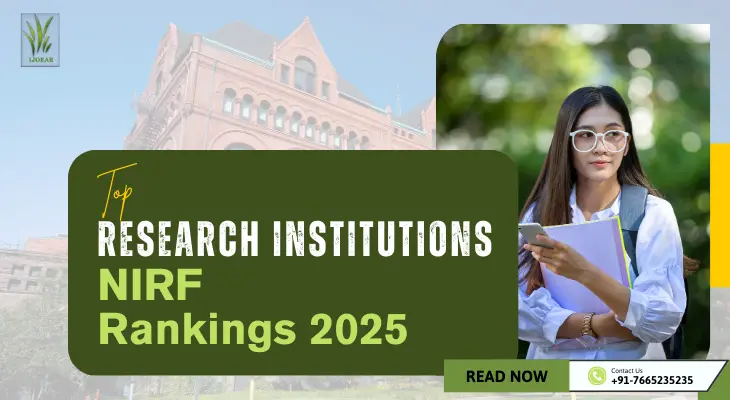
The NIRF India Rankings 2025 highlight the top Agricultural and Allied Universities excelling in research, academics, and innovation. These institutions play a vital role in advancing agricultural sciences, sustainable practices, and agri-business education. This guide explores the leading universities shaping the future of agriculture and allied studies in India.
Read More